


The Talent Development Suite (TDS) is a tool to assist you with your personal career development planning. Unlike other career planning tools, the TDS is a personal process that does not depict your skills, but gives you a personal idea of your future (private and personal) life. Please find some more background information regarding the development of the TDS further below.
The TDS is designed so that researchers can use it without the help of a professional career coach. However, for some of the tasks, an involvement of a professional career coach is almost indispensable as career and life decisions are very complex. Alternatively, you could ask your family, friends or colleagues to assist you with those tasks. Involving other people gives you an outside view on certain challenges, which can be very helpful for finding an appropriate solution.
The TDS is structured into four different assessment sections called “Future", "Present", "Past" and "Personal Journey Map" (with the circle on the right-hand side, it is possible to jump between the different assessments; however, we recommend you to go through in the present order). The final assessment “Personal Journey Map” is divided into four steps. We recommend to fill in only the first step of the Personal Journey Map, should you use the TDS by yourself. We think that you will need the assistance of a sparring partner to go through the three final steps of the Personal Journey Map as well.
We are aware that completing the present instrument requires a lot of effort and energy. We expect it to take you about one to two hours to complete the “Future", "Present" and "Past" assessments as well as the first step of the "Personal Journey Map"). An additional hour is required to go through the process with a sparring partner and also fill in the last three steps of the “Personal Journey Map”.
We recommend you to find a moment in your day to ponder about your life. Maybe sit down in the sun or go for a short walk before starting the task. Find your own way to leave the busy world and reflect on your dreams and aspirations. You might want to start today and continue on the TDS one week later. Do not feel forced to finalise each task, just fill in as much as comes to your mind in that specific moment. Please remember that the TDS is not only about your professional life, but also about your private life.
We are convinced that after having gone through the TDS, you will have a better understanding of your professional as well as of your private life. And you will realize what steps you should take in order to achieve a successful career as well as a fulfilled private life. For this reason, when working with the present tool, do always have a holistic approach in mind thinking about all aspects of your life.
You have the possibility to save your data and work on the TDS at a later stage by using the same link. In order to do so, please login at the top right-hand corner with your e-mail address, name and a chosen password. Do not forget to save your data before you close the page, especially if you wish to access your data at a later stage. You can logout anytime; your answers remain saved and you can access them when you login again. Also, once finished, you can print and save your personal answers in a PDF using the PDF button. (Should you prefer to work on the TDS in a paper version, then please go directly to the last page and print the TDS with the PDF button).
All the best for your future career and may all your personal dreams come true!
The Talent Development Suite (TDS) is a tool created within the EURAXESS TOP III project. It aims to assist postdocs from one through three years after completing their PhD. This is the period in which researchers tend to make up their mind whether they prefer to pursue an academic or a non-academic career. However, the TDS can also be used to support PhDs and postdocs more than three years after their PhD.
A qualitative analysis approach was used to create the tool. First, the three partners from Switzerland, Norway and The Netherlands pursued 10-15 semi-standardised interviews with researchers as well as academic and non-academic stakeholders in order to investigate what postdocs from one through three years after their PhD need most and what is expected in an academic vs. a non-academic path. Parallel to this, a literature research was made to collect the range of tools that already exist to support young researchers. The results were analysed and compared and provided the basis for the creation of the Talent Development Suite. The TDS was revised in a workshop with more than ten members of the EURAXESS network within the TOP III project to make it work for as many research cultures and countries as possible. Finally, the TDS was converted into an online tool that was tested by young researchers in CH, NO and NE to see whether it is user-friendly and useful. Afterwards, the TDS was finalised.
Unlike other existing career support tools, the TDS does not evaluate researchers’ skills and abilities but focuses on a researcher’s vision. The results from the interviews showed that this was what they needed most. Interestingly, parallel to the development of the TDS, ETH Zurich’s HR department conducted a focus group study with young researchers where they i.a. asked them to compare the Vitae and the IDP model. One key result was that researchers do not only want feedback on their abilities and skills but need help to find their vision, i.e. assistance to find out what their dreams for the future are. This result seconded the findings of the TDS study.
EURAXESS is a European network active in 40 countries. It aims to improve the European Research Area (ERA) by making it easier for international research talent to move to and in between European countries. The idea is that internationally mobile researchers should be able to follow their talent to and across Europe without (too much) hassle. This network started around 2002. It is growing, developing and gaining importance (www.euraxess.eu). The EURAXESS TOP projects help the EURAXESS network to adapt to new challenges and allow it to professionalise. Within the EURAXESS TOP III project, there was a special focus on the topic of career development. Important results can be found here: https://euraxess.ec.europa.eu/career-development/researchers
The document was prepared in the framework of the EURAXESS TOPIII project (Gr. No: 665934), funded by the EC under the Horizon 2020 programme.
This work was supported by the Swiss State Secretariat for Education, Research and Innovation (SERI) under contract number 15.0260. The opinions expressed and arguments employed herein do not necessarily reflect the official views of the Swiss Government.
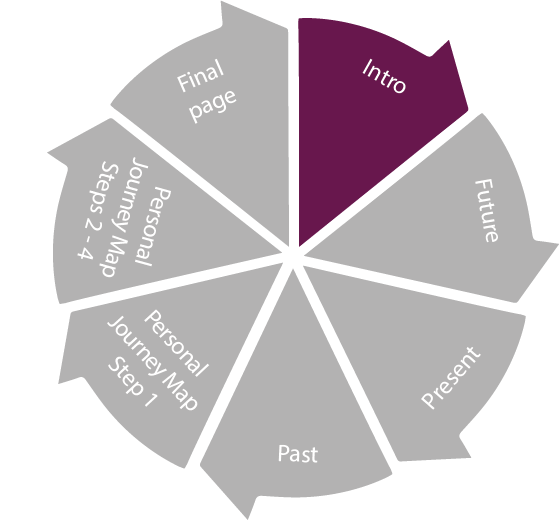

Finding opportunities begins with identifying possible assets and obstacles. They voice themselves either as wishes (“I really wish I could...”) or complaints (“It‘s annoying that I cannot...”). Both starting points are fine. Take down your dreams and troubles. If possible, do also indicate the date, place etc.
The aim of this task is to identify your personal dream(s) and hope(s) without any prejudices at this very stage in your life.
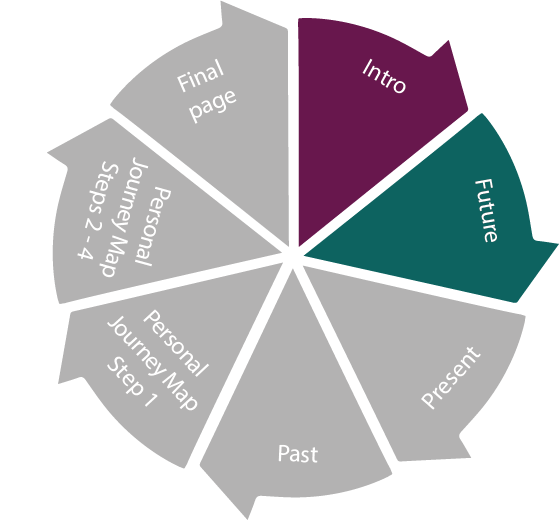

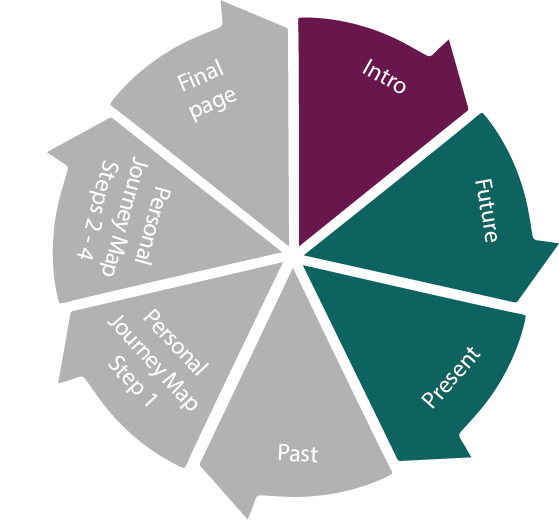
Take the five activities/engagements identified in step 2 and label them into the four categories:
Have a look at the energy – time commitment flow in step 1 of the activities/engagements identified above. Which concrete measures can you take to improve your energy – time commitment flow? List three immediately viable solutions:

Think about your past and note down your biggest accomplishments and failures. Ideally, you consult colleagues from work and family/friends, as often one focusses on the failures but not so much on one’s own accomplishments. What have you learned?
The aim of this task is to identify your strengths and extract the best out of your past failures. It will help think about the personal resources that you have.
Please note that the categories are interlinked, i.e. think about your biggest successes, think of the personal strengths that you played off, and then think about new/possible application fields where you could use those strengths.
The same is true for your failures. Think about personal weaknesses that were associated when these failures happened and then think about possible growth opportunities that could help you learn from these failures.
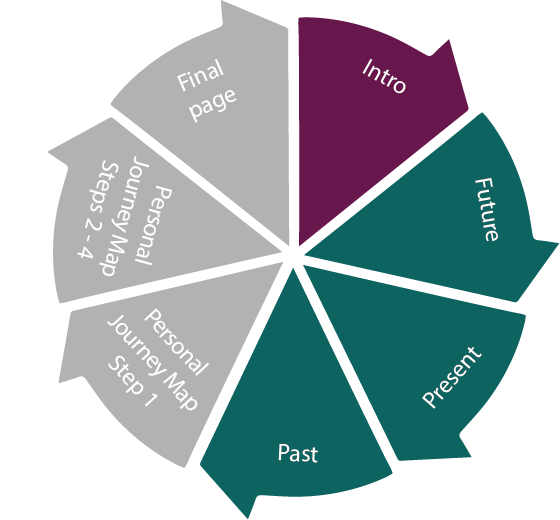

After these first tasks, think again about your future and pick any point in your future
E.g. Working for the UN in New York
In ten years from now, Hanna wants to work for the United Nations in New York. She is currently doing her PhD in Political Sciences at a University in Europe.
Thus, as a first step, she is thinking about achieving eligibility to apply for a job at the United Nations. She is assuming that she will need to have some working experience in that field. In order get this working experience, she will need a job in a NGO or an international organisation. As such jobs are hard to get, she probably has to start with an unpaid internship...
1. Choose the year of your final goal
2. Click on a cross on the timeline to set a new milestone ![]()
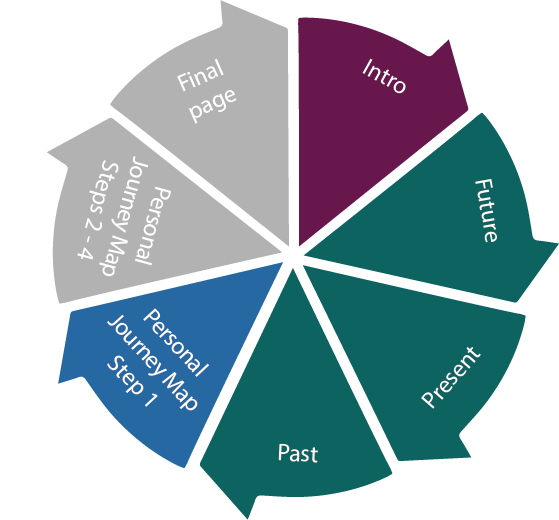

Have a look at the REFLEX model . Take your pathways to the fore and think of the ideal REFLEX module(s) that could assist you to handle the different stages of your pathways. It can be about overcoming certain obstacles or managing some of the identified challenges more efficiently. What REFLEX module would be most useful to you at the current moment?

After having identified the right modules, you should check their significance. The idea of this so-called ladder of abstraction is to verify whether the modules that you have identified as the most crucial are indeed the right ones or whether another hidden issue is the real problem. Ask yourself why you need this module and formulate your answer as a need: “Because I...”
Here is an example:
Paul identified that the most important REFLEX module for him is “networking”. He needs to network better with other researchers because his relationship with his professor is not very well. Why? The professor prefers to collaborate with other postdocs in the group. Why? Because Paul has issues meeting deadlines the professor sets. Why? Paul often gets headaches when he comes to the office and cannot concentrate well. => The ladder of abstraction reveals that the most pressing issue for Paul might currently not be a lack of networking but to find out why he gets those headaches and who could help him.
Once you identified the real issues or the ideal module(s), try to find out who at your institution offers the right service(s) in order to tackle your issue(s).

You have reached the end of the Talent Development Suite (TDS). We do hope that our tool did support you in finding your personal vision and was helpful in defining and clarifying your professional future as well as your private hopes and aims.
Please do not forget to print your personal answers to the TDS with the PDF icon on the right-hand side if you wish to do so.
For any questions regarding the TDS, please contact:
Alexandra Zingg, ETH Zurich, Switzerland (alexandra.zingg@sl.ethz.ch)
Kathrine Vangen, Norwegian University of Science and Technology, Norway (kathrine.vangen@ntnu.no)
Ilse Schenk, Nuffic, The Netherlands (ischenk@nuffic.nl)
